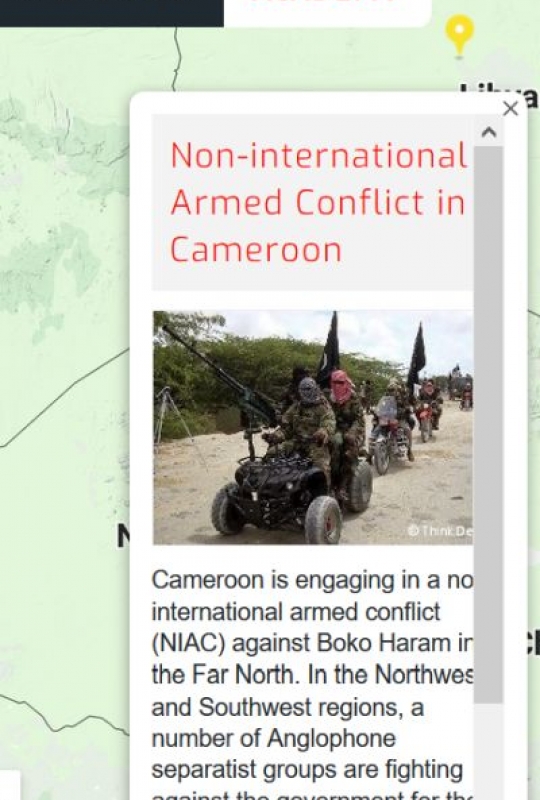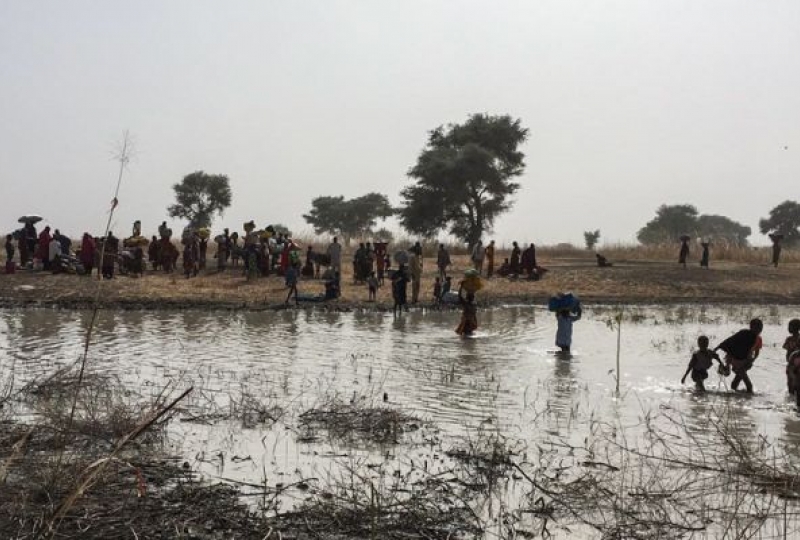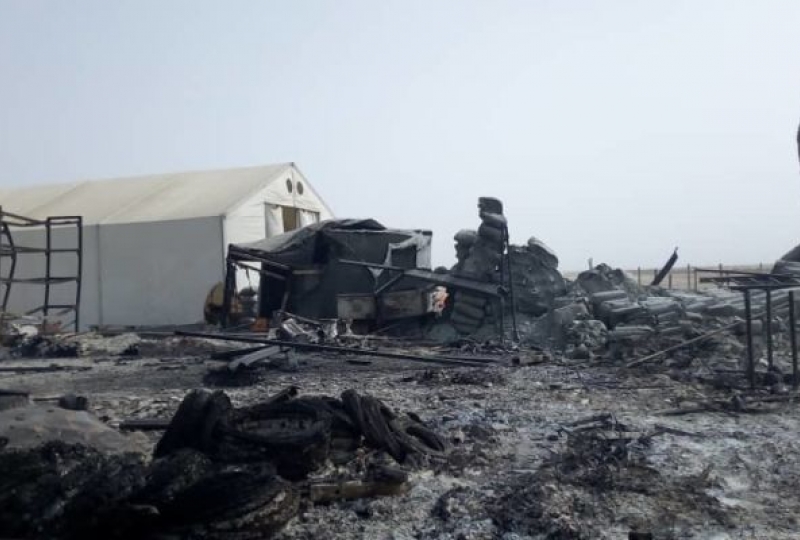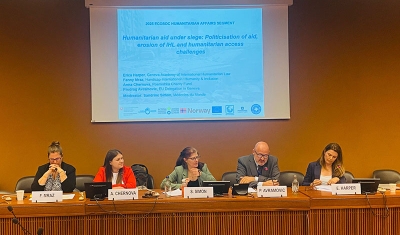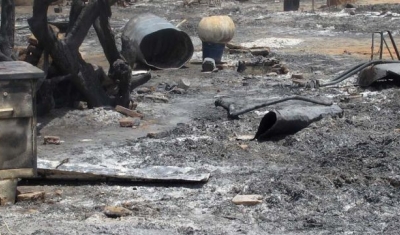Boko Haram has been present in Cameroon since 2009. Following armed confrontations between fighters and Nigerian security forces in Maiduguri, a number of fighters crossed the border and sought refuge in Cameroon’s Far North region. Over the following years, Boko Haram’s presence in Cameroon evolved dramatically. While at first, the armed group was rather passive, it started recruiting Cameroonians as fighters between 2011 and 2013 and used the Far North region as a safe haven.
The first armed confrontation registered between the armed group and state armed forces took place in March 2014. Between 2014 and 2016, Boko Haram started carrying out attacks against the armed forces and the civilian population, focusing in particular on abductions and kidnapping of foreigners and suicide bombing.
While the intensity of violence has diminished but it has not ceased in 2016 and 2017, fighting increased again in 2018 and has continued since then.
‘Both the intensity of the armed violence opposing the Cameroon armed forces and Boko Haram, as well as the level of organization of Boko Haram in Cameroon, allow us to conclude to the existence of a NIAC’ underlines Dr Chiara Redaelli, Research Fellow at the Geneva Academy.


